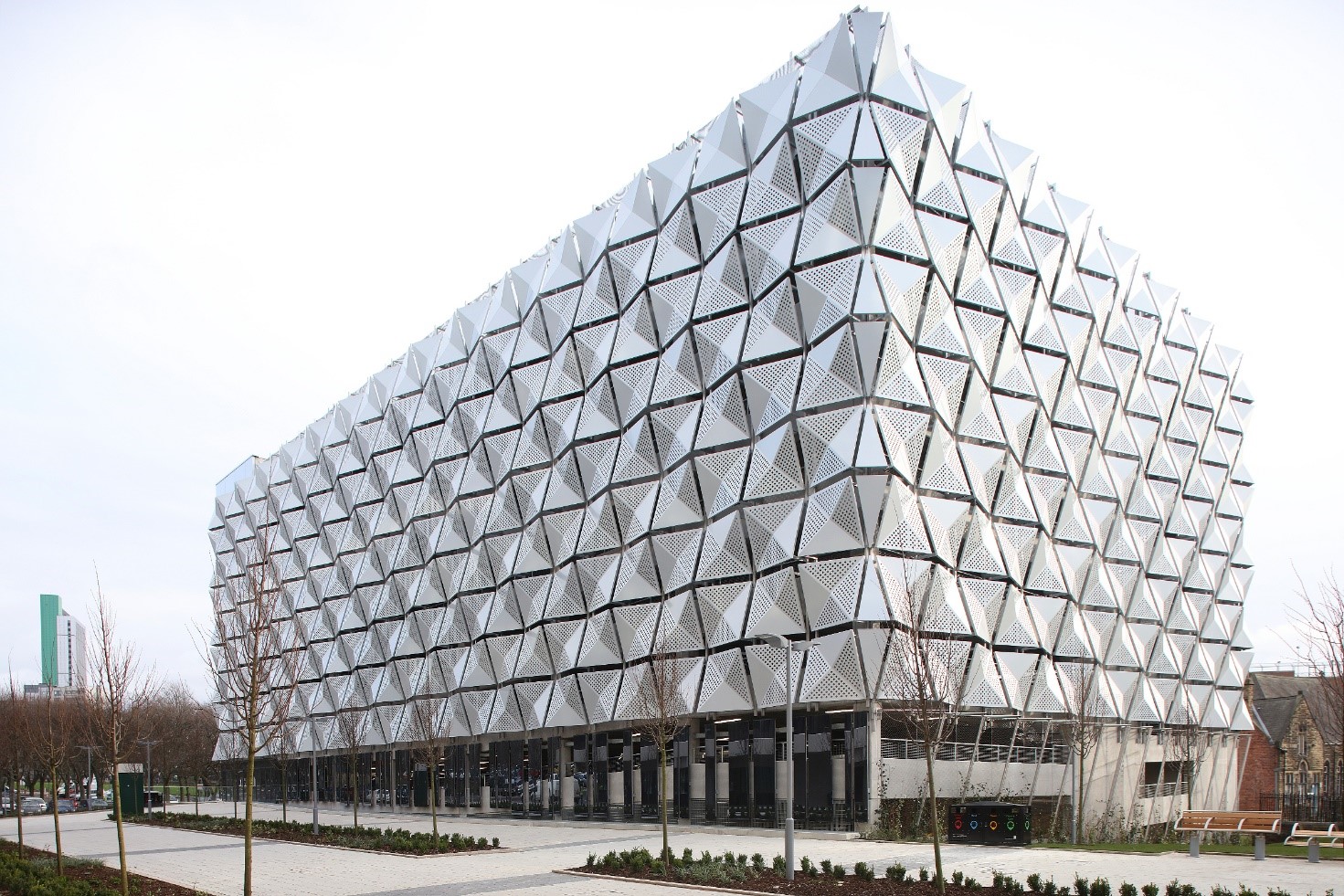
The Role of Structural Engineers in the Design of Building Facades and Envelopes
Behind every impressive façade lies extensive specialist engineering, or façade engineering, that turns creative visions into strong and robust envelope structures. Architects and structural engineers work in close collaboration to transform architectural concepts into visually captivating and structurally feasible building façades and envelopes that are not only aesthetically pleasing but also functional and resilient.
In this article, we will explore the crucial role that structural engineers play in the design of building façades and envelopes.
Exploiting the Latest Advances in Materials
The construction of eye-catching and resilient façades has advanced considerably due to the use of lightweight materials, such as steel, aluminium, and fabric, which have revolutionised the way that façades are built. Techniques mastered in the construction of tensile and lightweight structures have paved the way for architects and structural engineers to create visually stunning yet durable façades. Lightweight materials not only offer flexibility in design but also enhance energy efficiency, making modern façades more environmentally sustainable. As architects and structural engineers continue to push the boundaries of what is possible, advances in materials hint at a future in which architectural creativity is unlimited.
Balancing Aesthetics and Functionality
The role of structural engineers goes beyond ensuring the stability of the façade. Engineers must skilfully integrate sturdy elements that mitigate environmental forces, such as wind, by carefully selecting materials that retain the artistic appeal of the building while ensuring its integrity. Also, structural engineers play a critical role in optimising the sustainability of façades by incorporating innovative techniques, such as passive shading and solar gain control, thereby creating energy-efficient designs. The expertise in balancing aesthetics and functionality ensures that each façade reflects artistic ingenuity and engineering excellence.
Navigating Complex Shapes and Configurations
Many modern buildings feature complex shapes and configurations that challenge traditional construction methods. Structural engineers must possess a deep understanding of wind loading and other environmental factors to ensure the stability and structural integrity of such façades. Bespoke façades often require intricate structural analysis under extreme conditions to ensure they can withstand the forces of nature.
Utilising Computational and Parametric Design
Computational and parametric design have become invaluable tools in façade engineering, allowing engineers to optimise repetitive patterns, improve buildability, and reduce construction costs. Furthermore, they ensure precision in the placement of façade elements, making it possible to achieve the designer's vision while maintaining structural integrity. These cutting-edge design technologies empower architects and structural engineers to efficiently explore and refine designs which deliver more cost-effective, aesthetically pleasing, and structurally sound building façades.
Find out more
If you are embarking on a project that requires particular expertise in building facades and envelope structures, please get in touch with Javier Gutierrez at Fenton Holloway by emailing him at jgutierrez@fentonholloway.com.
/Javier%20Gutierrez%20-%20Specialist%20Engineering%20-%20Long.webp)

.png?width=365&height=215&name=Brochure%20CTA%20(1).png)